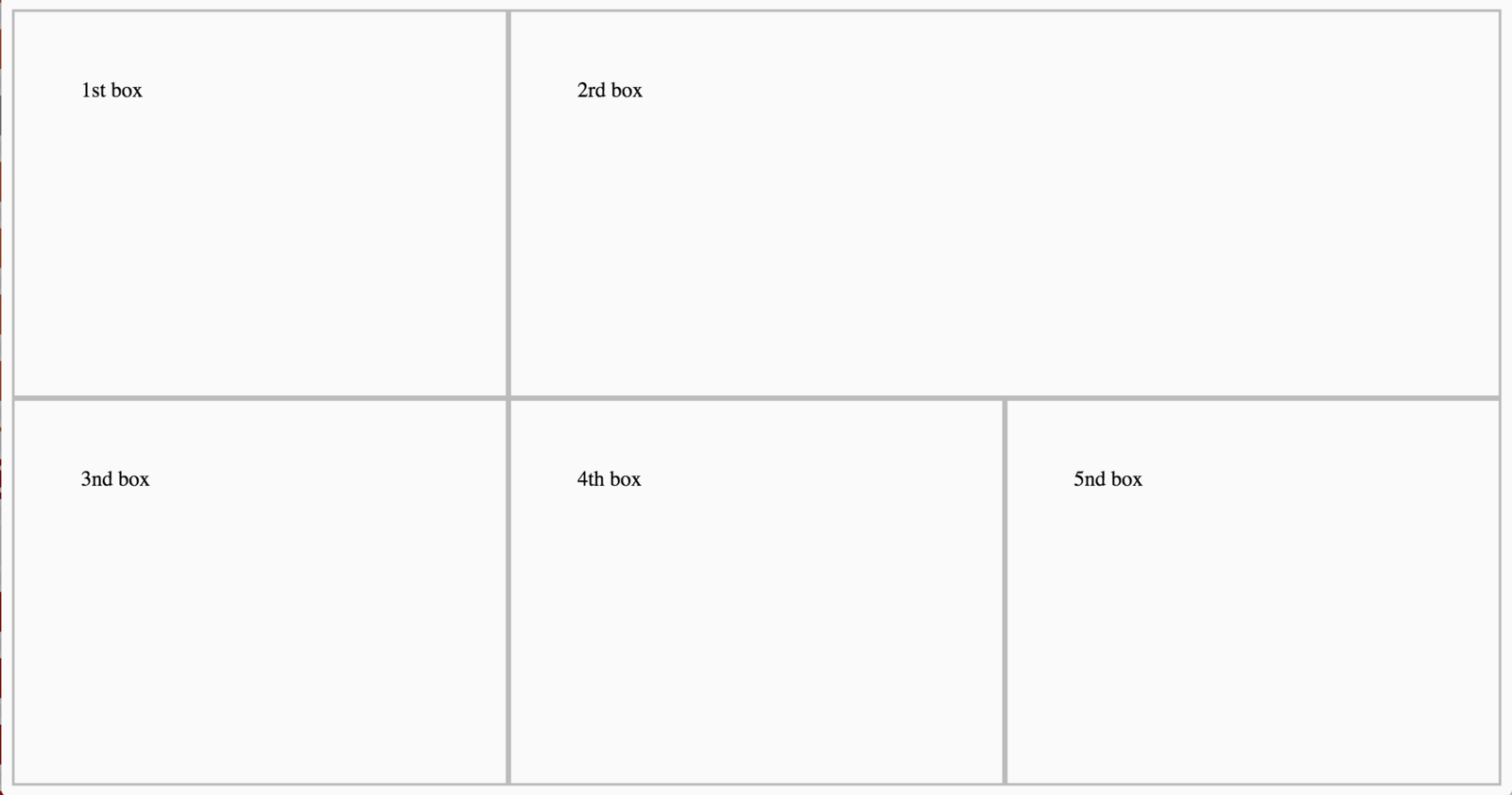Grids, Angular
& Objects
by ngonzalvez & gcura
Grids
Stop using bootstrap
just for its grid system
Bootstrap vs Yours
0.5kb
86.3kb
32 LoC.
8309 LoC
1.2s
0.007s

$columns: 4; // Amount of columns per rowDefine the amount of columns
your grid will have
%grid {
display: flex;
flex-flow: row wrap;
> * {
min-width: 100% / $columns;
transition: all ease-out .75s;
}
}Grid container styles
@mixin col($cols, $padding-v:false, $padding-h:false) {
$offset: 0%;
@if $padding-v {
padding-bottom: #{$padding-v};
padding-top: #{$padding-v};
}
@if $padding-h {
$offset: #{$padding-h * 2};
padding-left: #{$padding-h};
padding-right: #{$padding-h};
}
@if $cols {
width: calc(#{100 / $cols}% - #{$offset});
} @else {
width: calc(#{100 / $columns}% - #{$offset});
}
}Define the columns mixin
.target {
@extend %grid;
> li {
@include col(null, 10px, 10px);
}
> li:nth-child(3) {
@include col(2);
}
> li:nth-child(4) {
@include col(1);
}
}Using the grid

objective-ng
Stop using functions
just because you can
Function vs Classes
Namespacing by default
?
More structure
?
?
Nogara said it was good (?)

angular
.module('sl.module', [
'ui.router',
'something'
])
.config(['$stateProvider', '$interpolateProvider',
function($stateProvider, $interpolateProvider) {
$stateProvider.state('login', {
templateUrl: 'login.html'
});
}
]);
Modules (Angular)
Modules (objective-ng)
class SomeModule extends $ng.Module {
static moduleName = 'sl.module';
static dependencies = [
'ui.router',
'something'
];
config($stateProvider, $interpolateProvider) {
$stateProvider.state('login', {
templateUrl: 'login.html'
});
}
}
Controllers (Angular)
angular
.module('sl.module')
.controller('LoginCtrl', [
'$scope',
'AuthService',
function($scope, AuthService) {
$scope.credentials = {
email: '',
password: ''
};
$scope.login = function() {
AuthService.login($scope.credentials);
};
$scope.logout = function() {
AuthService.logout();
};
}
]);
Controllers (objective-ng)
let AuthService;
class LoginCtrl extends $ng.Controller {
static moduleName = 'sl.module';
init($inject) {
AuthService = $inject('AuthService');
this.credentials = {
email: '',
password: ''
};
}
login() {
AuthService.login(this.credentials);
}
logout() {
AuthService.logout(this.credentials);
}
}
Directive (Angular)
angular
.module('sl.module')
.directive('socialPost', function() {
return {
restrict: E,
transclude: true,
templateUrl: 'cards/social-post.html',
scope: {
'hidden': '@'
},
link: function(scope, elt) {
if (scope.hidden) {
elt.css({ display: 'hidden' });
}
}
};
});
Directive (objective-ng)
class SocialPostDirective extends $ng.Directive {
static module = 'sl.module';
static tagName = 'socialPost';
restrict = 'E';
transclude = true;
templateUrl = 'cards/social-post.html';
scope = {
'hidden': '@'
};
link(scope, elt) {
if (scope.hidden) {
elt.css({ display: 'hidden' });
}
}
}
Grid component
<grid>
<grid-box>1st box</grid-box>
<grid-box span="2">2rd box</grid-box>
<grid-box>3nd box</grid-box>
<grid-box>4th box</grid-box>
<grid-box>5nd box</grid-box>
</grid>
What's the idea?

class GridModule extends $ng.Module {
static moduleName = 'sl.grid';
}
Create directive module
class GridDirective extends $ng.Directive {
static module = 'sl.grid';
static tagName = 'grid';
restrict = 'E';
transclude = true;
templateUrl = 'templates/grid.html';
}
Grid container
<section
class="grid"
ng-transclude>
</section>
class GridBoxDirective extends $ng.Directive {
static module = 'sl.grid';
static tagName = 'gridBox';
restrict = 'E';
transclude = true;
templateUrl = 'templates/grid-box.html';
scope = {
span: '='
};
}
Grid box directive
<div
class="grid-box-{{span}}x"
ng-transclude>
</div>
Demo time!
